Branding is one of those terms that’s thrown around a lot but doesn’t get applied properly.
People mostly focus on the logos, colors, and slogans of a company.
While these are important, they’re not the core elements of your brand.
Take Coke or Pepsi as an example. Even if you don’t like the drinks, you likely know what the logo looks like, the colors, and the overall message.
Unfortunately, Coke has been around for a hundred years and has tens of thousands of employees which makes it a poor role model. I’m guessing you don’t billions of dollars to play with or millions to spend on lead gen and figuring it out.
Small business branding tips need to be more actionable and realistic. That’s why, in this post, the branding tips will focus on the things you can do to make your mark in the mind of your customers.
Let’s dive in.
Decided on a stance
Branding has become more than bombarding your potential customers with the same messages over and over again. That worked 50 years ago.
Now, your customers want to patronize brands that have a larger mission or stand for something they also believe in. You don’t have to want to end global warming single-handedly. You do need to choose whether or not to use green products.
In our day and age, that stance is sustainability. Either you’re using sustainable practices and techniques or you’re not.
Don’t think this is just a branding tip that’s a bit gimmicky. It makes business sense as well. 66% of consumers and 77% of millennials will pay a premium for products that come from sustainable businesses.
Alabama Chanin is a women’s fashion brand that infuses its branding with messages around sustainability. It uses 100% organic seed fabric and reclaimed materials to make its collections.
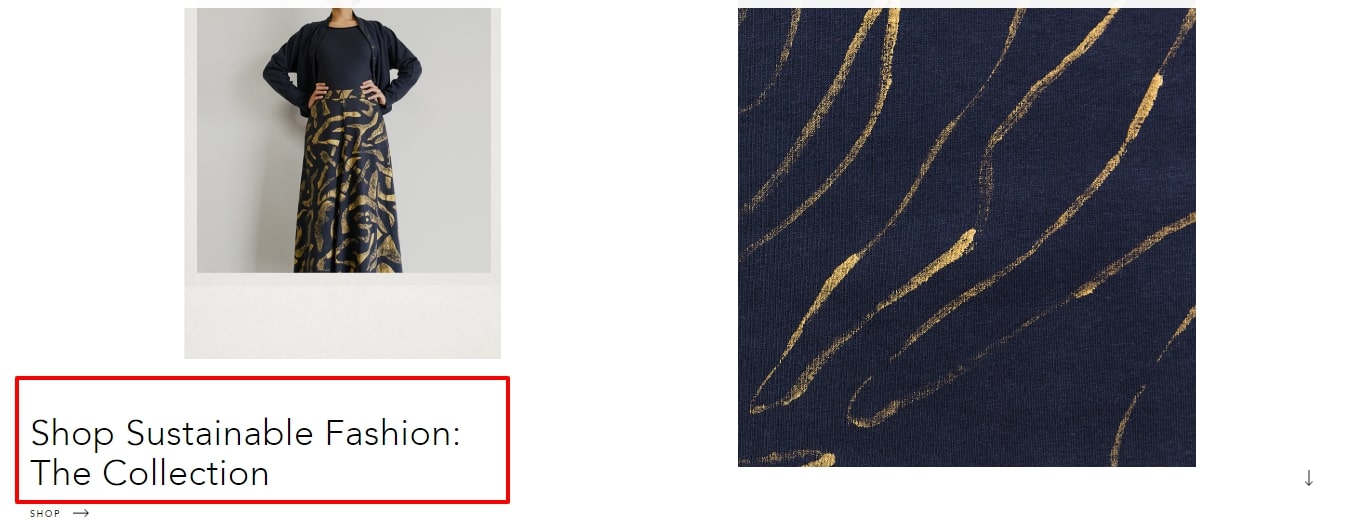
It continues with the same message on its Instagram page.
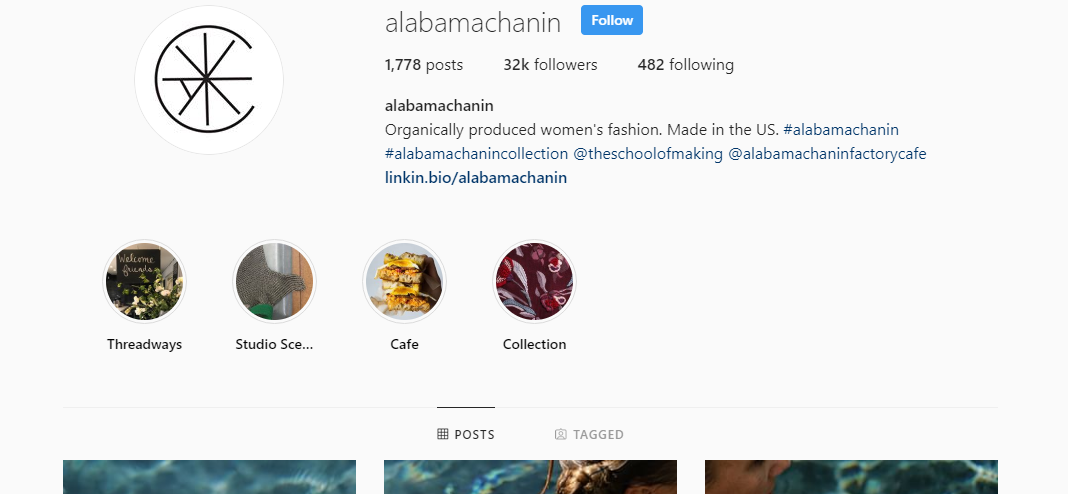
I’m not telling you to go out and change all of your processes so you can say you’re a sustainable business. What’s more important is choosing what you stand for and what you don’t stand for. You can’t please everyone so focus on aligning yourself with the people you want to have the most impact on.
Communicate it clearly
A common problem with many businesses – both large and small – is effectively communicating their message. They use industry jargon, long-winded statements, and outlandish claims. While this looks good on paper, it doesn’t help get your point across.
Don’t try to be the biggest, best, or cleverest. Instead, strive for clarity. If it can be said in two words then don’t use twenty.
Words aren’t the only part of communicating your brand and goals. You can and should use visual elements as well. It’s been said that images speak a thousand words so it makes sense to use them strategically throughout your branding.
This includes using consistent brand assets like logos, typography, and colors to ensure that your messaging is instantly recognizable and reinforces your brand identity.
The imagery you choose should make your brand more identifiable and support the messages you create.

Trussle uses illustrations and a well-defined color palette to support its messaging. It also extends to its social media accounts.
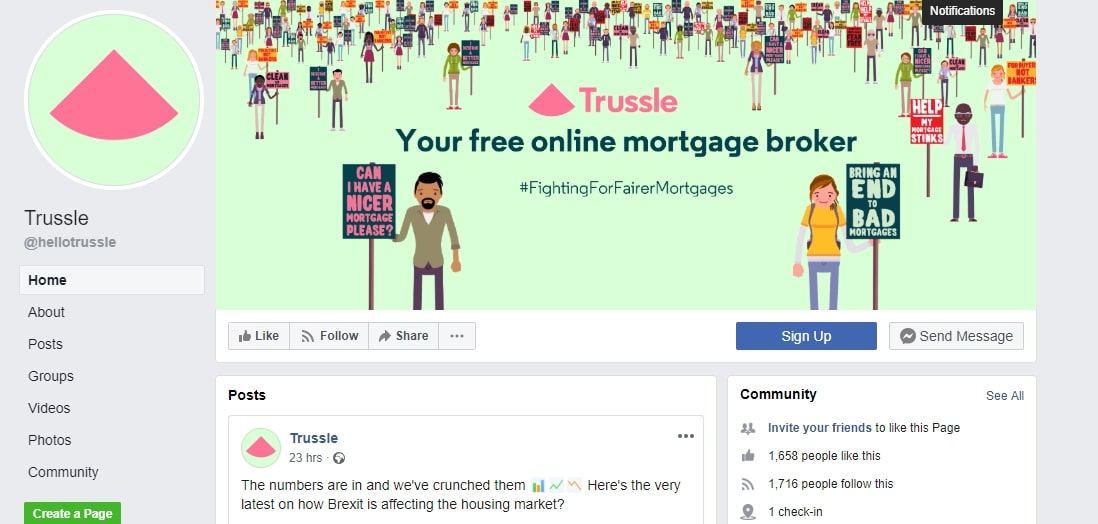
On the KyLeads homepage, we use a clear message that quickly communicates what we do.
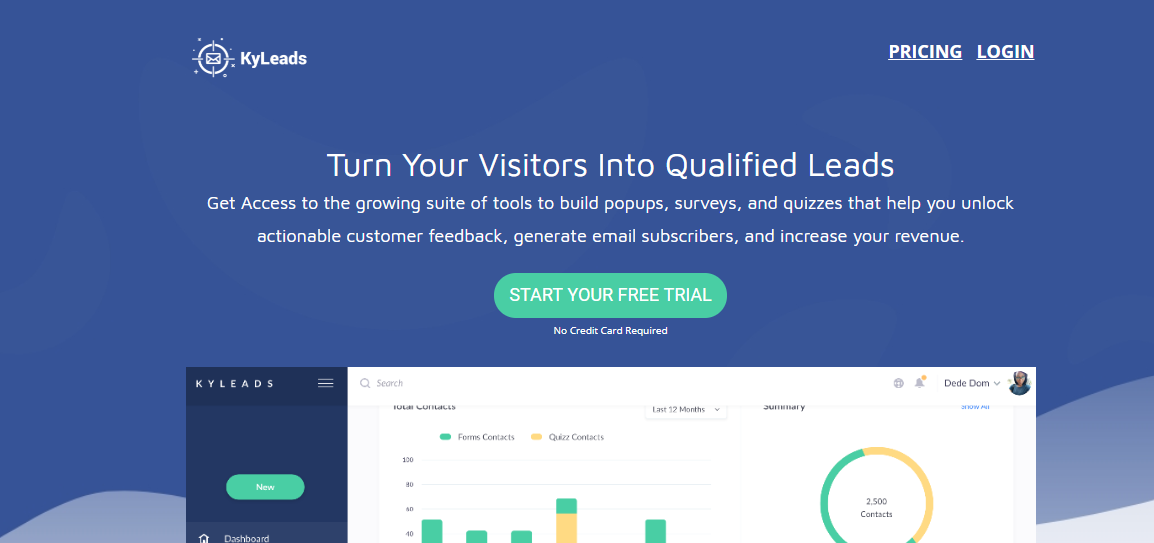
If that’s not something you’re interested in then there’s no need for you to continue reading. If it is, you know you’re in the right place.
Create a narrative
This is an important branding tip that many people struggle with.
Books will always sell and movies will always make money. It’s because they tell a story. They create a cohesive narrative that we can follow and place ourselves inside of.
Preparing a compelling brand narrative is akin to using a powerful idiom; it conveys deeper meanings and resonatesstrongly with the audience, making your message additional impactful and special. Just as idioms encapsulate complex ideas succinctly, a well-told label story can distill your company’s values and concept into a relatable and interesting format.
Relationships assist in creating an emotional bond with your audience, ensuring that your brand stays at the top of your mind. By combining these features into your brand strategy, you make a lasting appearance that transcends simple brand mention. Ultimately, this method turns your brand into a story that people want to follow and be a part of.
This isn’t an accident.
Researchers in Spain found that stories activate the language parts of our brain as well as the parts associated with performing the activities described in the story.
That means our brains are almost as active when listening to a story as they would be when experiencing it in real life.
Unlock the same effect by creating a compelling story and overall narrative for your brand. Instead of focusing your product pages on why you’re superior, tell the story behind the company, the products, and the people that work there every day.
If you’re struggling to brainstorm brand name ideas, tools like Atom’s Business Name Generator can provide creative and unique suggestions tailored to your business identity.
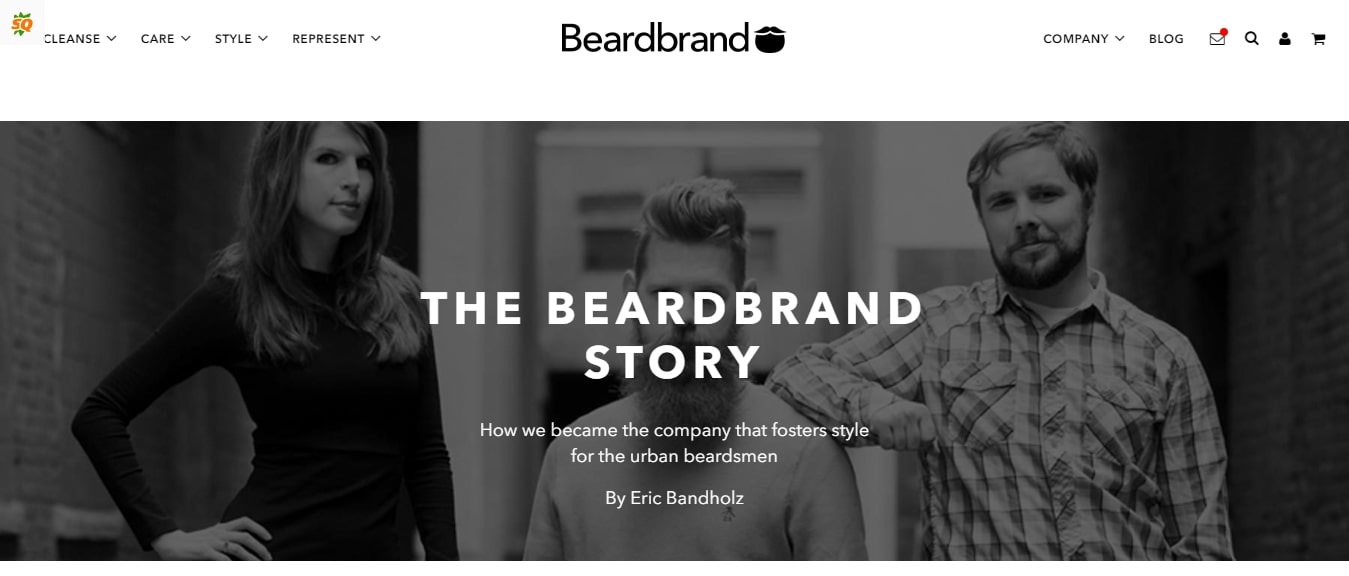
Beardbrand communicates its roundabout beginning and the reason why the company means so much to the founders. At the same time, it shares some of the ups and downs the team experienced and their commitment to their community.
This story informs the ways they go about creating products, marketing themselves, and interacting with their customers.
Another key aspect to consider in your branding strategy is localization. As your brand grows and starts to reach a global audience, it’s important to adapt your messaging and branding to resonate with different cultures and languages.
This doesn’t mean changing your core brand values, but rather interpreting them in a way that makes sense to different audiences. Remember, what works in one market may not work in another.
Develop a brand voice
There are many types of brand voices. Corporate and formal, irreverent and sporty, or friendly and authoritative. These may work for you but it may not help you stand out from the countless companies you’re competing with.
That’s not a good thing.
Your brand voice is the way you communicate with your target audience whether you’re on social media, sending out emails, or writing articles. It should be consistent across all channels.
There are a few qualities the best ones have.
- Speaks to the target audience
- Can be easily personified
- Is consistent
The last part is arguably the most important. Your brand voice should remain the same across different mediums so customers can easily identify you.
One of my favorite examples of a compelling brand voice comes from Frank Body.
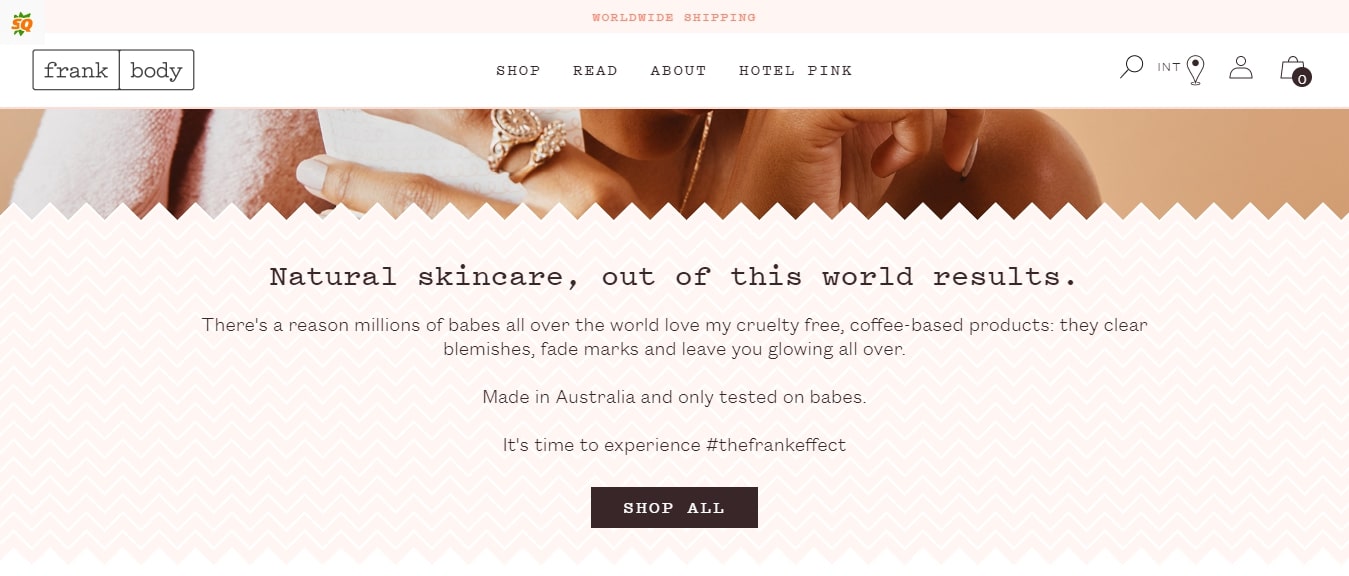
It talks to a specific demographic group and is irreverent. The team behind it loses no sleep when they tread on a few toes because it’s not meant to be for everyone. They know their audience and talk to them alone. They get bonus points for mentioning their ethical practices.
The Middle Finger Project is another brand with a strong voice. The founder is irreverent, focused on a core demographic, and makes no apologies.

Focus on the long term
In our quest to win right now, it’s easy to lose sight of how our actions will affect us down the line. Will your branding and initiatives be relevant 20 years from now or will you have to rebrand every three years (or more).
Think of it like buying an expensive trench coat from Burberry. You invest a lot in it so you want it to last for a reasonable amount of time.
This trench coat from the ’60s would still look good today.

Not much different from the trench coats from today is there?
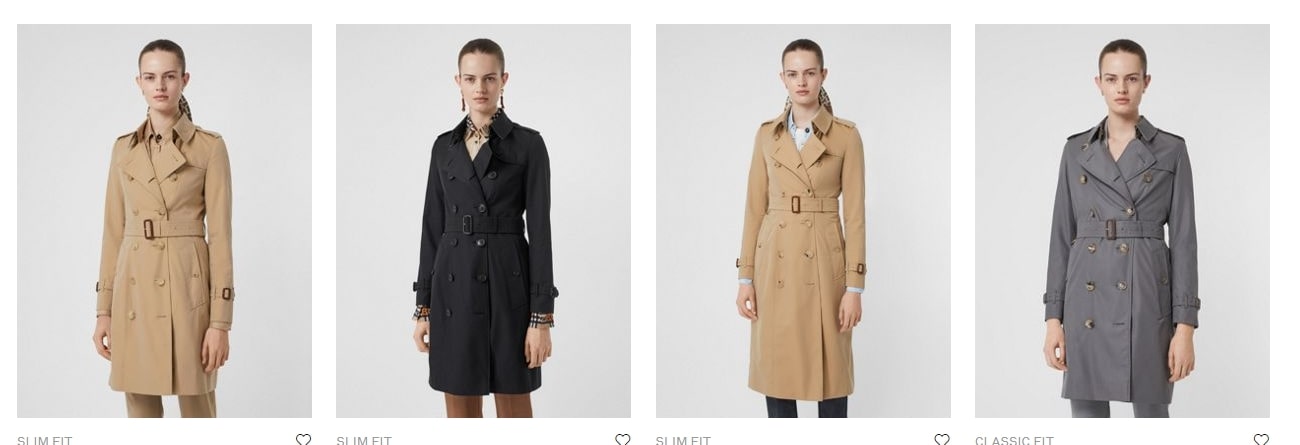
Your core brand should be the same way. Of course, it may be updated every now and then but the essence of what makes you who you are should stand the test of time.
Meanwhile, their great logo remains sleek and easy to read on any platform. The logo, while concise, doesn’t get lost on the page. It’s all due to the color choice: the logo on a dark background contrasts with the light social media page and attracts attention.
Always be consistent
This branding tip is pervasive. If you do nothing else right, be consistent.
Be consistent with your imagery.
Be consistent with your voice.
Create consistent messages. That doesn’t mean spitting out the same phrase wherever you go. It means ensuring that no matter how you say it, you communicate the same message.
Another benefit of consistency is being able to understand what your brand is all about without too much effort. If you come off as different on social media, ads, and your website then it’ll leave your prospects confused.
Let’s say that someone bumps into your post on Facebook, finds their way to your website, and then hears about you on Twitter. If your messages are aligned and harmonized then this will work towards moving them down your funnel. If they’re not then it’ll hurt their perception of you.
The fashion brand, Everlane, does a good job of creating a consistent message and imagery across multiple channels. On the website, it talks about radical transparency and uses a muted color scheme.
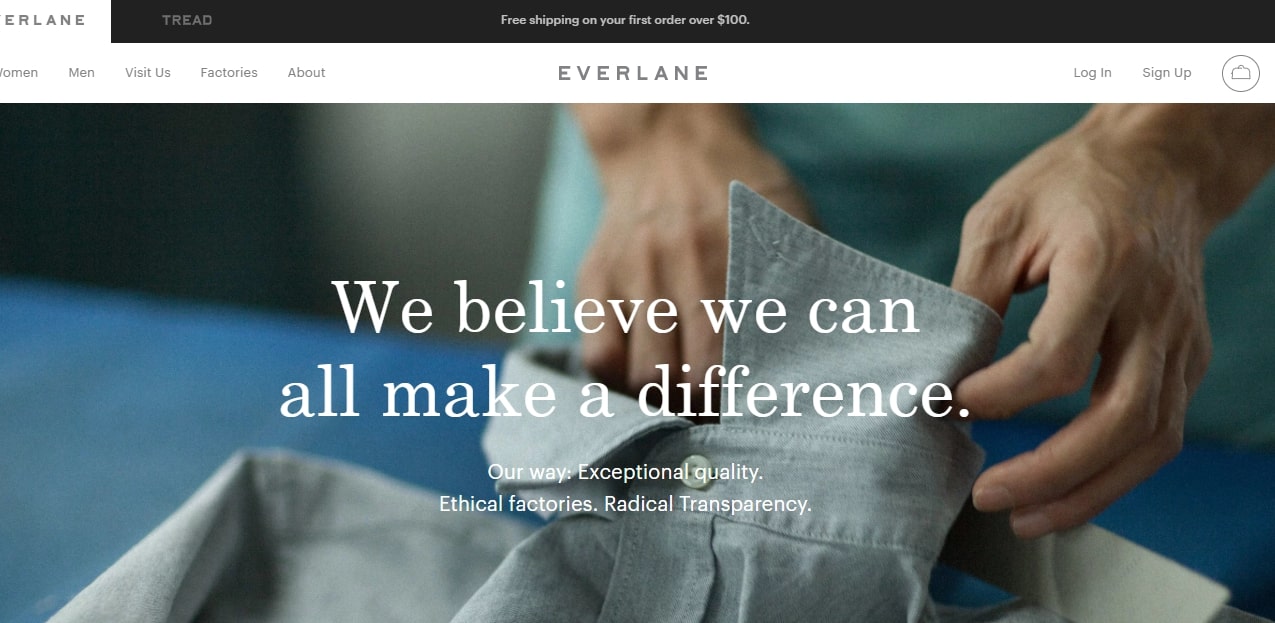
Transparency.
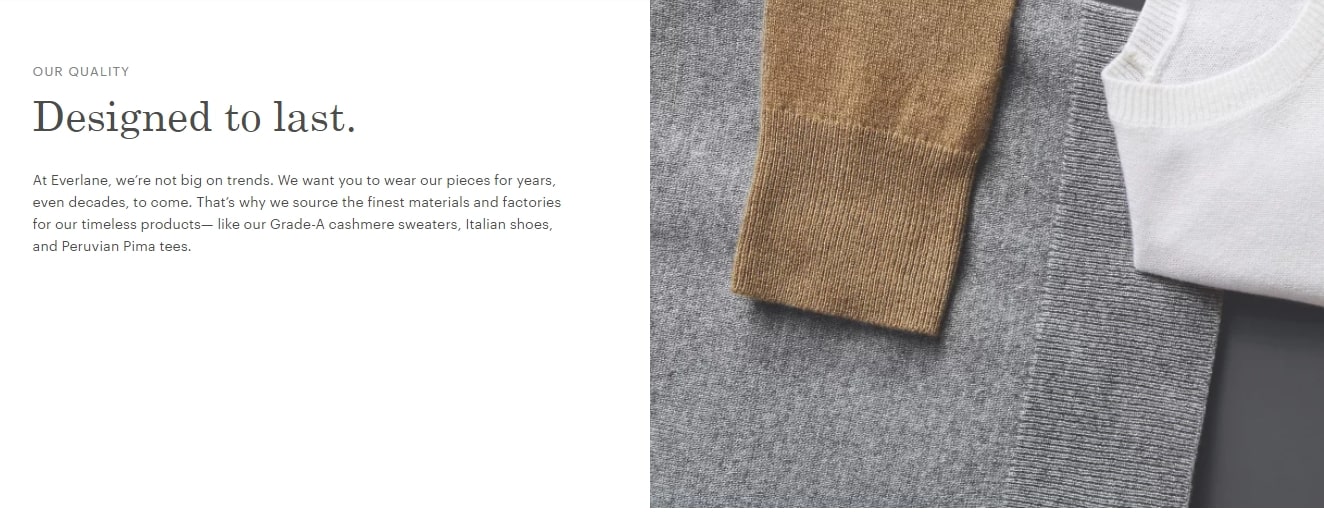
Quality.
It’s simple to do this on a website because it’s usually the same person or team. What about their other social channels.
On Instagram, we see more of the same. Transparency and muted tones. They regularly schedule Instagram posts that advance the same branding narrative.
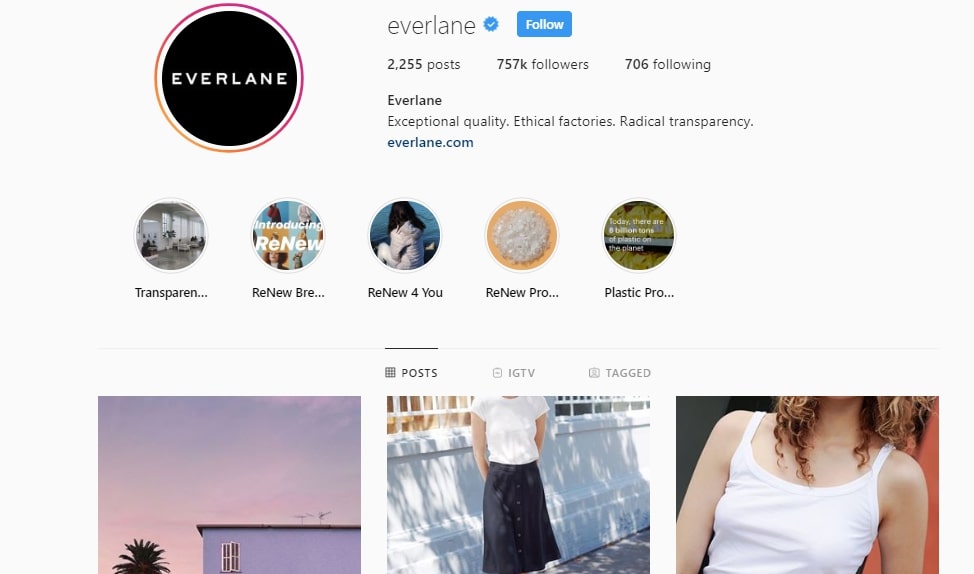
On Twitter, it continues the consistent brand elements with more transparency and muted colors.
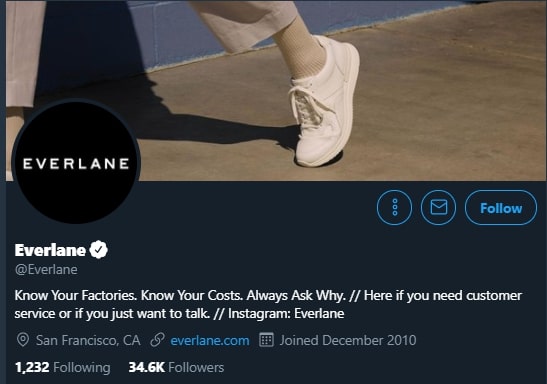
Focus on your core audience
This branding tip will save you a lot of time and energy. The larger a company gets, the more diverse its customer base. That means you have people from all over the world and from different demographic and psychographic groups patronizing you.
If you try to create messages that appeal to all of them, you’ll most likely fall flat on your face. The largest brands do this with localization when they enter new markets.
Embarking on the journey to enter new markets requires a meticulous strategy, starting with the cornerstone of in-depth consumer research to unravel cultural nuances. The adaptability of branding, messaging, and products becomes paramount, serving as the linchpin for successful expansion by harmonizing with local preferences.
Strategic partnerships with established local companies emerge as powerful tools, smoothing the path for entry into unfamiliar territories through the leverage of their expertise and networks.
This comprehensive approach includes a strategic investment in accurate language translation and meticulous idiom checks, acting as safeguards against miscommunication with new global audiences.By anchoring these practices, businesses can navigate the complexities of new markets and lay the groundwork for a thriving presence.
As long as you have a single core segment that makes up the majority of your income, focus on pleasing them – not the rest of the world.
Your messages will match their expectations and it’ll be easier to appeal to them.
ConvertKit, a popular email marketing service focused on a narrow audience segment for a long time.
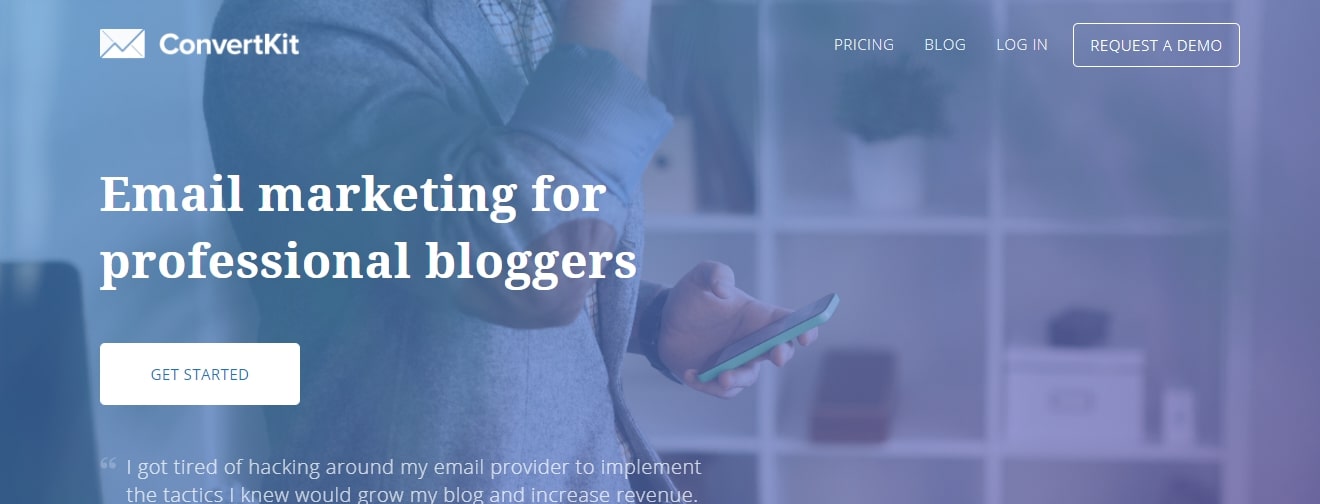
It has since updated its branding but this is how it scaled to millions in ARR.
Avoid being a me-too brand
The last branding tip is one that seems obvious but is a trap many businesses fall into. They end up sounding like everyone else in their space.
This is how it (usually) goes. An entrepreneur enters a niche and has the skills needed to deliver the core product. They look at branding as an afterthought and adopt a lot of the messages they see their competitors use.
If they’re successful then it must be working – right?
Well yes, it works for them but your customer profile is different so those messages will seem off and uninspired to the viewer.
That’s not a good thing.
This also follows on the heels of focusing on your core audience. If you don’t know who you’re servicing then your brand can’t appeal to their specific wants and needs. Take the time to learn more about your customers and what they truly care about.
Conclusion
Branding tips for small businesses is a huge topic that can never be fully covered in a single article. The main goal of this post has been to give you branding tips you can start implementing today.
Almost all of them should apply to your situation now or in the future so take them to heart. If you have a brand already then evaluate it and see where you’re lacking (or crushing it).
If you’re just getting started then make the right moves now and avoid the pitfalls in the future.
Let me know what your favorite branding tips are in the comments and don’t forget to share.